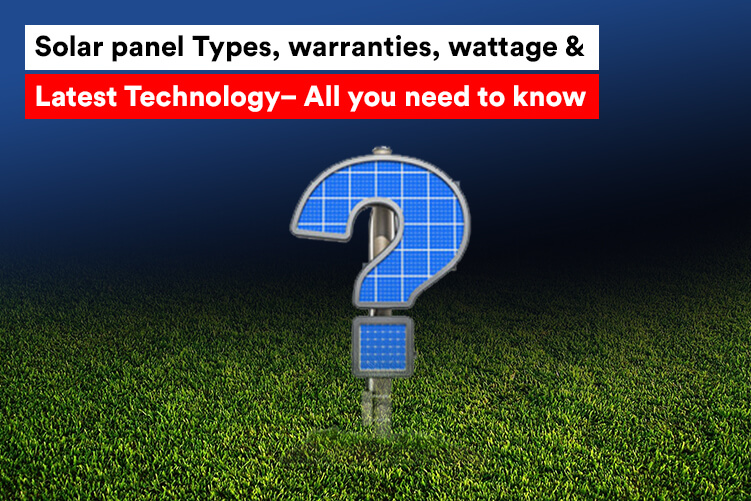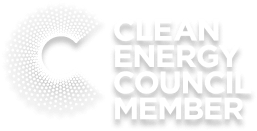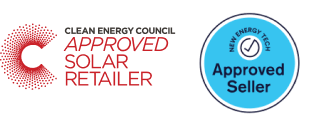When most people hear the word “solar electricity,” they immediately envision solar panels on rooftops or in a desert solar farm. With fair reason; until now, traditional utility-scale and rooftop solar panels powered the solar business.
However, there are a number of fascinating new solar panel technologies in the works or already available. These potential technologies will change the way we think about energy production in general, not just solar.
Solar energy no longer necessitates enormous plots of land or roof space, nor does it have to be unsightly. If you are looking for solar for quite some time now, you must be wondering are they really worth it? Solar panel efficiency has been boosted with the development in technologies. Read on to learn more.
Solar Panel Types, Warranties, and Wattage: A Simple Guide
Thinking about going solar? You’re not alone. With electricity costs rising and climate concerns growing, more homeowners are making the switch to solar power. But here’s the thing: buying solar panels can feel overwhelming. Between the different types of panels, the fine print in warranties, and figuring out how much power you actually need, it’s easy to get lost.
Don’t worry — let’s break it down in plain English.
The Different Types of Solar Panels
Solar panels may all look similar on rooftops, but what’s inside makes a big difference. Here are the three most common types you’ll come across:
🌞 Monocrystalline Panels (Mono-SI)
- Sleek and black with rounded corners.
- Made from a single crystal of silicon (which makes them super efficient).
- Why people love them: They produce the most power per square meter, so they’re perfect if you don’t have a lot of roof space.
- The catch: They usually cost a bit more upfront.
🌍 Polycrystalline Panels (Poly-SI)
- Have a blue, speckled appearance.
- Made from multiple silicon crystals (less efficient than mono).
- Why people choose them: More affordable, and still a solid choice if you’ve got plenty of roof space.
⚡ Thin-Film Panels
- Lightweight, flexible, and often used in larger commercial setups.
- Why they stand out: They’re the most affordable and can even look sleeker on certain buildings.
- Downside: You’ll need more of them to match the power of mono or poly panels.
Understanding Solar Warranties
A solar system is a long-term investment — panels often last 25+ years. Warranties are your safety net, and there are two main types you should know about:
🛠️ Product Warranty
Covers faults or defects in the panels themselves. Most brands offer 10–15 years, while top-tier panels go up to 25 years.
🔋 Performance Warranty
Covers how much energy your panels will still produce over time. For example, most panels promise that after 25 years, they’ll still generate at least 80–85% of their original power.
That means your panels won’t suddenly “die” after a few decades, they’ll just gradually lose a bit of efficiency.
👉 Tip: Longer warranties usually mean better quality. If a manufacturer is confident enough to cover you for 25 years, it’s a good sign the panels are built to last.
What Does Solar Wattage Really Mean?
When people talk about solar panel wattage, they’re talking about how much power a panel can produce under ideal conditions.
- Most panels today range between 300W and 600W.
- Higher wattage = fewer panels needed to power your home.
- Lower wattage = more panels, but sometimes a cheaper overall system if you’ve got plenty of roof space.
Quick Example
Let’s say your household uses about 900 kWh of electricity per month. If you choose 400W panels, you might need around 19–20 panels (depending on how much sun your roof gets).
Wrapping It All Up
When choosing solar panels, keep these three things in mind:
- Panel type – Go mono if you want top efficiency, poly if you’re after value, and thin-film if you’re covering lots of space.
- Warranty – Aim for panels with long warranties (25 years is great for peace of mind).
- Wattage – Higher wattage panels give you more power with fewer panels.
At the end of the day, the best solar system is the one that matches your home, budget, and energy needs. With the right setup, you’ll not only cut your power bills but also do your part for a cleaner planet.
Which solar panel technology is best and what are the latest technologies?
Monocrystalline panels are those black panels you see on the roof that have been installed in recent 3-5 years, they have the highest efficiency of up to 20%. Polycrystalline panels are the blue panels that have been in the market for a long time now, they have an efficiency of up to 15-17%. In the past two decades there has been a steady rise in the use of solar energy in Australia.
It is expected to even rise further with the new panel technology emerging in the market. Building integrated PV panels, Floating solar panels, thin film solar cells and solar lighting are some of the new technologies that have been accepted and proven to be highly efficient in recent years. Let us explain each one of them in short.
- Building integrated PV panels: The integration of photovoltaics (PV) into the building envelope is known as building integrated photovoltaics (BIPV). PV modules serve as both a building shell and a power producer, replacing traditional building materials.
- Floating solar panels: PV modules put on platforms that float on water reservoirs, lakes, seas and oceans, are known as floating solar panels. Solar panels floating on water, however they are difficult and expensive to build.
- Thin Film solar cells: One or more thin layers of photovoltaic materials are put onto a substrate to make a thin-film solar panel. A typical silicon solar panel can be almost 300 times smaller than these thin layers with their many light absorption layers. Thin-film solar panels are the lightest panels available due to the size of the photovoltaic cells employed with built-in semi-conductors.
Is Monocrystalline better than poly?
Polycrystalline is a bit less efficient than Monocrystalline. However, monocrystalline panels are space efficient and they produce more power per square foot. Mono panels come in high wattage and are more efficient making it convenient for use.
What should I look for while buying solar panels?
Buying a solar power system can be a smart investment but the decision needs to be made smartly. Here are a few things that you need to consider while buying solar panels:
- Warranty on the panels and inverter
- Recommendations from friends and family
- Decide what type panels you want to buy- Mono or poly
- Learn about the efficiency of the inverter you are looking at buying
- Get at least 3 quotes with different brands and pricing
What is the highest wattage solar panel?
SunPower 415 watt is the highest wattage solar panel with an efficiency of 22.3% and is fit for both commercial and residential purposes.
What is the best solar inverter for home?
SMA sunny boy Tripower, Fronius, GoodWe, SolarEdge and Growatt are some of the best inverter brands in Australia reviewed by the customers and approved by CEC.
What happens to my panels after 25 years?
Panels usually last longer than the warranties offered on them. They will continue to produce power even after 25 years, however, that depends on the brands of the panels installed. Typically the panels produce power 80% or above their rated efficiency after 25 years.
How long do solar inverters last?
Solar inverters are literally the heart of the solar power system. Solar inverters last between 10-12 years and might need replacing once during the lifespan of solar. However, that also depends on the quality and inverter brand used.
How much does a solar power system cost?
A typical 6.6kW system shall cost you between $3000-$4000. This is subject to change based on the brands preferred by the individuals. A 6.6kW system might be enough to power an average Australian household, however, it is advised to install a slightly bigger system than needed, so that your future electricity needs are met.
Pick the right solar products with Solar Miner
A right retailer can help you decide on quality solar products for your property, keeping in mind your budget and property needs. Solar Miner is one of the Renowned and Preferred Solar Retailers for Homeowners in Queensland, New South Wales, and Victoria. Solar Miner strives to provide affordable solar power systems, making clean energy available to homes and businesses.





